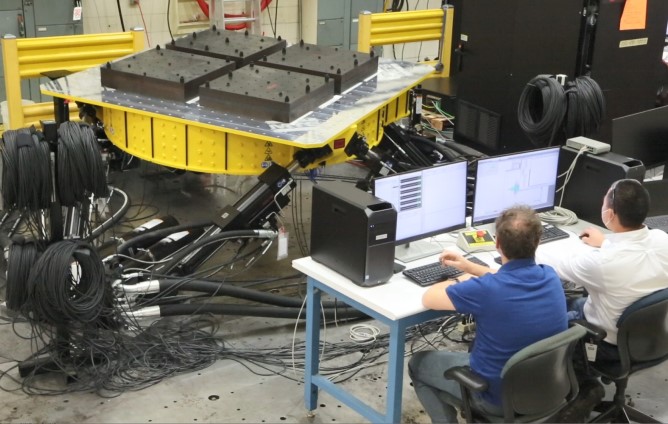
In a variety of industries, vibration testing is a crucial method for evaluating the structural integrity, dependability, and durability of products under simulated real-world conditions. Items are subjected to controlled vibrations in this dynamic testing method to replicate the stresses they might experience during transportation, use, or other environmental factors. The intricate procedures and cutting-edge technology that are a part of this crucial quality assurance process can be better understood by learning how vibration testing is carried out. The vibration tests are an integral part of quality control, ensuring that products meet industry standards for durability and performance.
The definition of the test objectives and parameters is the first step in vibration testing. Designers and testing experts cautiously assess the item viable, recognizing the particular vibrations experiencing in its expected environment is reasonable. This incorporates deciding the recurrence, adequacy, and span of the vibrations, customized to recreate sensible situations and guarantee the test’s pertinence.

The actual testing process begins after the test parameters are established. Depending on the nature of the product and the conditions that are desired for the test, vibration testing can be carried out with a variety of different pieces of equipment, such as electrodynamic shakers, hydraulic shakers, or even centrifuges. The item is safely mounted on the testing device, guaranteeing that it can endure the vibrations without compromising security or exactness.
Control systems are crucial to vibration testing because they make it possible to precisely adjust and monitor the vibrations that are applied. Engineers utilize progressed programming to make custom vibration profiles, determining the recurrence, plentifulness, and waveform as indicated by the predefined test boundaries. This degree of control guarantees that the testing precisely imitates the normal true circumstances, giving significant and solid information to examination.
During the testing stage, sensors are decisively put on the item to precisely gauge its reaction to the vibrations. These sensors catch information connected with uprooting, speed, and speed increase, giving a complete comprehension of how the item responds under various pressure conditions. Engineers can adjust the testing parameters in real time and ensure that the test is carried out precisely thanks to real-time monitoring.
In conclusion, vibration testing is an intricate and complex procedure that requires engineering expertise, cutting-edge technology, and precise control systems all rolled into one. Every stage of the vibration testing procedure contributes to the overarching objective of guaranteeing product durability, dependability, and safety in real-world conditions. This includes real-time monitoring and data analysis. Accelerometers and shakers are commonly used in vibration tests, providing valuable data to improve product design and reliability.







